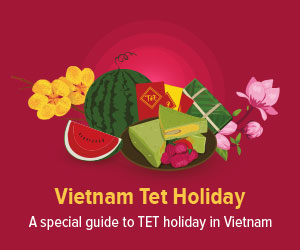Mandarin Orange
About Mandarin Orange
Mandarin oranges, known as "Quyt" in Vietnamese, continue to be one of the most beloved fruits in Vietnam as of 2025. Originating from China, mandarin oranges are similar in appearance to standard oranges but are generally less round and have a more intense flavor profile. Their taste varies from mildly sour to sweet and they feature a thicker, easy-to-peel skin compared to regular oranges.
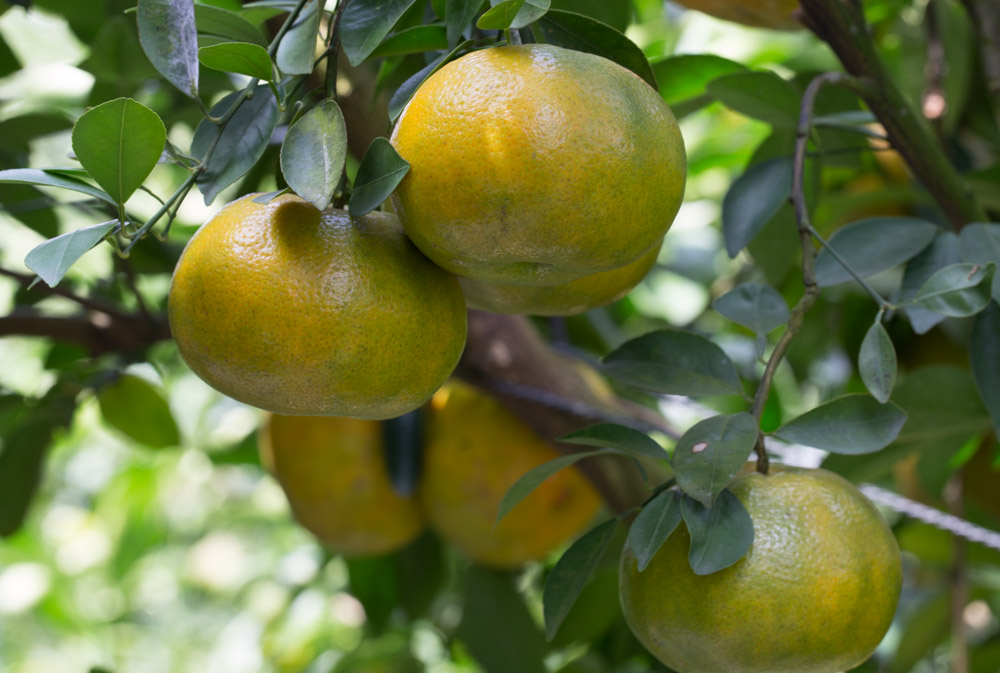 Photo : bachhoaxanh.com
Photo : bachhoaxanh.com
In Vietnam, there are five primary varieties of mandarin orange:
- Quyt duong (quyt da xanh): Predominantly grown in the western provinces, this variety is more rounded than others, with a smooth, thin skin that is green when unripe and turns yellow when ripe, offering a sweet flavor.
- Quyt hong (quyt tieu): Also from the western provinces, this variety features a spherical shape and a thin, orange-pink skin mixed with green spots at ripeness. Its flesh is red, contains a few seeds, and is known for its sweetness.
- Quyt Thai: This variety, hailing from Thailand, has a spherical shape, slightly flattened top and bottom, and is entirely sweet without any sourness. The thin green skin turns a vibrant red-orange upon ripening.
- Quyt Bac Kan: Grown in Bac Kan province, this variety features a smooth, slightly thick shell, bright yellow surface, and a flavor that balances sweetness with a slight tartness.
- Quyt ngot mien Nam: Cultivated in Southern regions, this variety shares similarities with Quyt duong, having a round shape and thin skin. It is dark green when young and turns yellow once ripe.
How to Eat Mandarin Orange
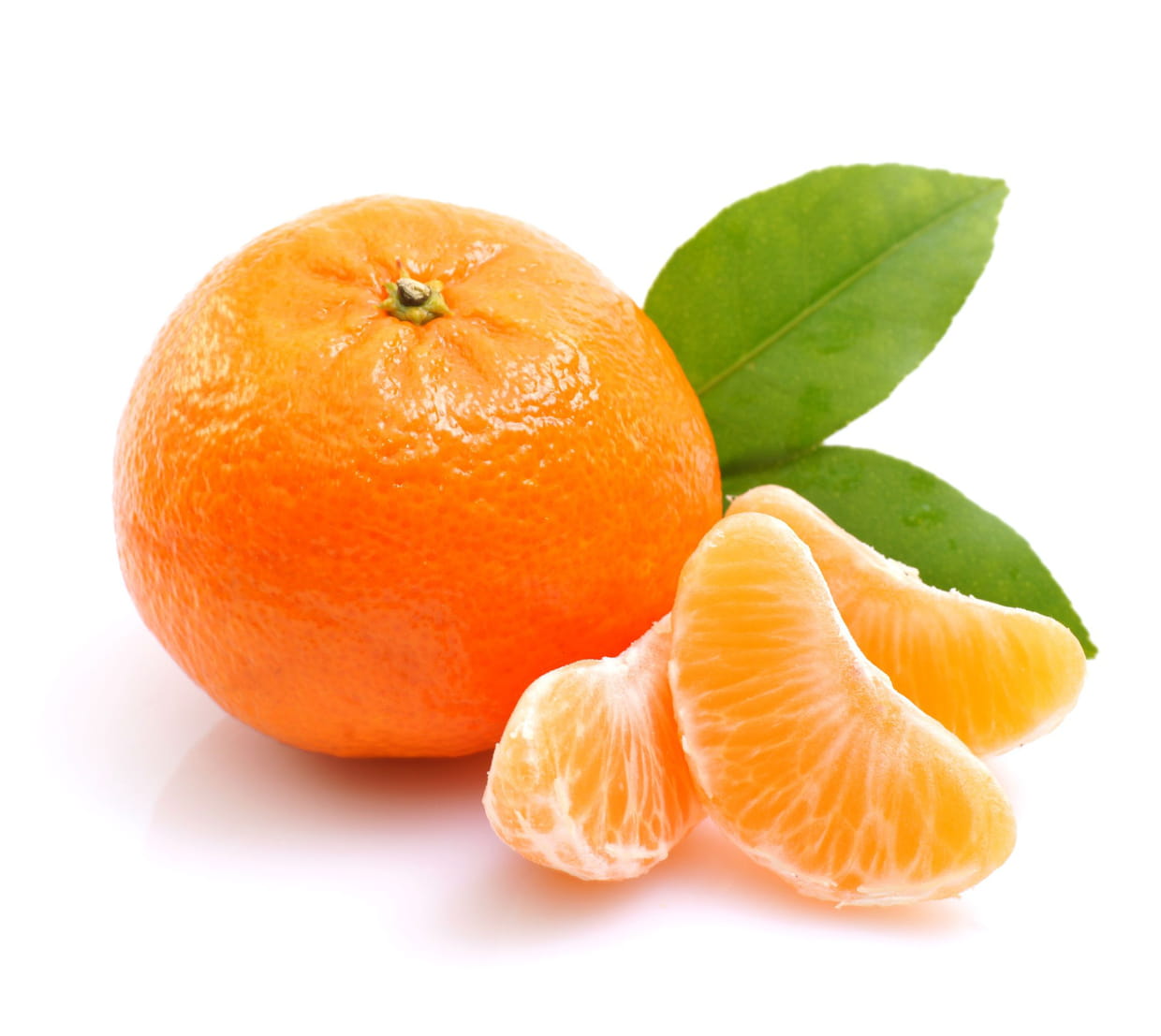 Photo : nongthonviet.com.vn
Photo : nongthonviet.com.vn
Similar to regular oranges, mandarin oranges are typically eaten fresh after peeling. Their segments are loosely packaged within a rind that splits easily, allowing for simple peeling by hand without the need for a knife. While there are a few seeds in each segment, ingesting a small number is generally not problematic unless consumed in excess, which may disrupt digestion. Additionally, due to their slightly bitter seeds, it is advisable to remove them while eating. Given their high acid content, mandarin oranges should ideally not be consumed on an empty stomach or for those with sensitive digestive systems, with a recommended limit of three fruits per day.
Where Mandarin Oranges Are Grown in Vietnam
Mandarin oranges thrive in various regions across Vietnam, with Quyt duong and Quyt hong predominantly found in the western provinces such as Lai Vung (Dong Thap), Cai Be (Tien Giang), and Long Tri (Hau Giang). Quyt Bac Kan specifically hails from the Bac Kan province, while Quyt ngot mien Nam is cultivated in southern provinces, including Dong Nai, Can Tho, and Vinh Long.
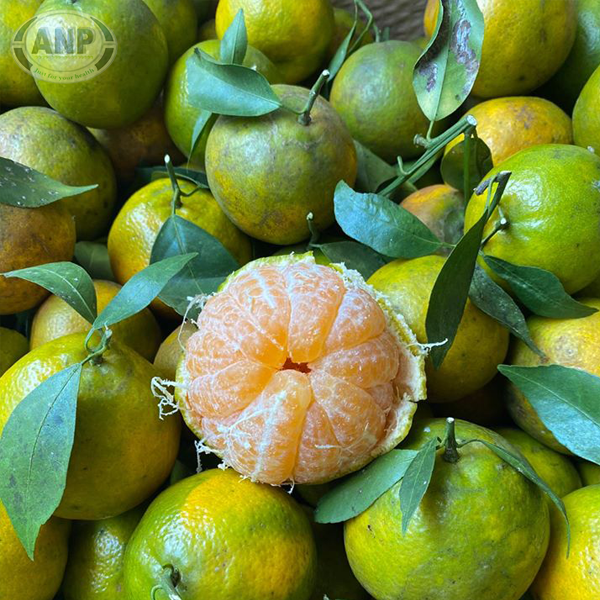 Photo : qkhgreen.com
Photo : qkhgreen.com
In addition, northern provinces like Ha Giang, Hoa Binh, Yen Bai, and Lang Son are also significant contributors to mandarin orange cultivation.
Benefits of Mandarin Orange
Mandarin oranges are not just enjoyed as a delicious snack but also serve as an essential ingredient in various dishes. Packed with nutrients, they are recognized for their health benefits, contributing to immune system enhancement, digestive health, and skin and hair nourishment.
Rich in vitamin C, antioxidants, and dietary fiber, mandarin oranges boost the immune system and promote gut health. They also contain manganese, magnesium, and potassium, which help to reduce stress and lower the risk of heart disease.
Despite containing calories, mandarin oranges have negligible fat, allowing them to provide energy without significantly contributing to weight gain.
Food Made from Mandarin Orange
There are countless culinary applications for mandarin oranges. Popular preparations include smoothies, juices, and salads, such as mandarin orange salad with avocado, chicken breast, or beetroot. These salads are easy to prepare and are appreciated for their weight loss benefits.
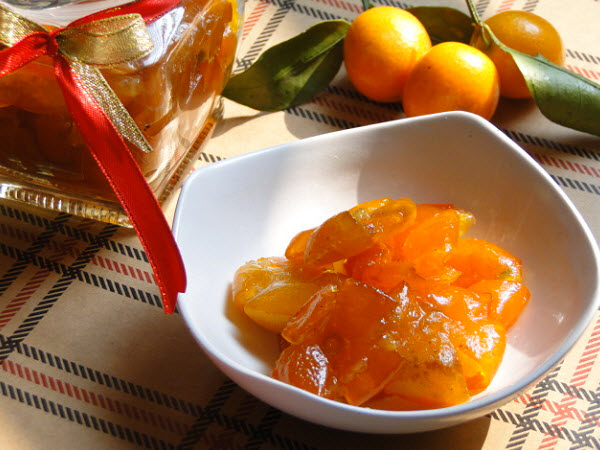 Photo : giadinh.tv
Photo : giadinh.tv
The flesh can also be utilized in jams, cheesecakes, sticky rice cakes, and sweetened sauces for grilled meats. Furthermore, the dried shells of ripe mandarin oranges—known as "tran bi" in Vietnamese—can be stored for extended periods and are valued in traditional medicine for their ability to relieve coughs, reduce stress, and treat ailments such as abdominal bloating and nausea. These dried shells can be incorporated into dishes like porridge, stews, or even brewed into tea.
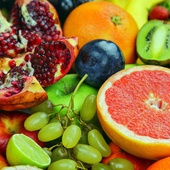
Vietnamese Fruits - An Overview
Being geographically located in the tropical zone, Vietnam is truly a heaven when it comes to fruits.
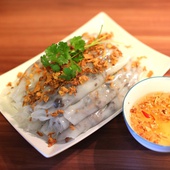
Vietnamese Cakes - A Closer Look At Vietnam's Most Varied Food
An overview to the different types of cake in Vietnam.
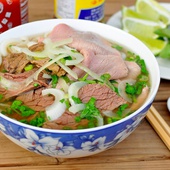
Vietnamese Noodles - An Overview
An introduction to Vietnamese noodles.



